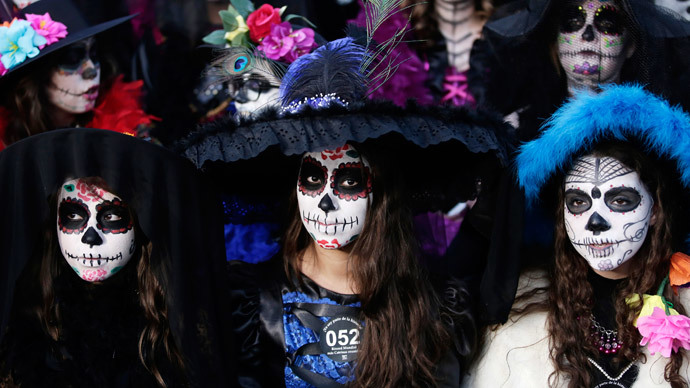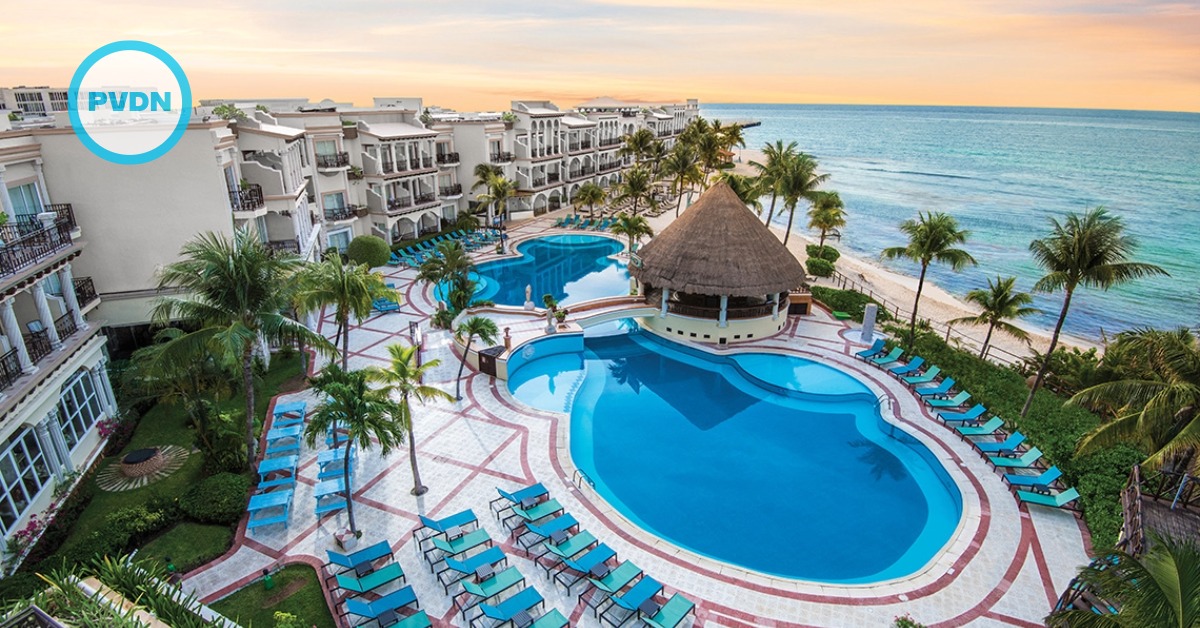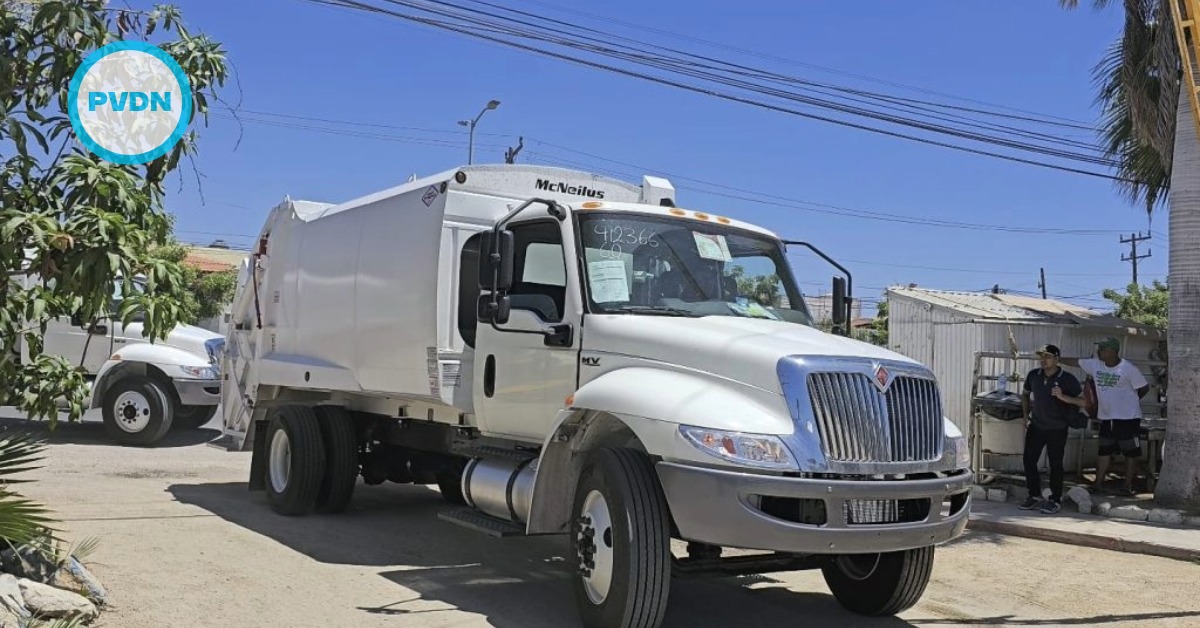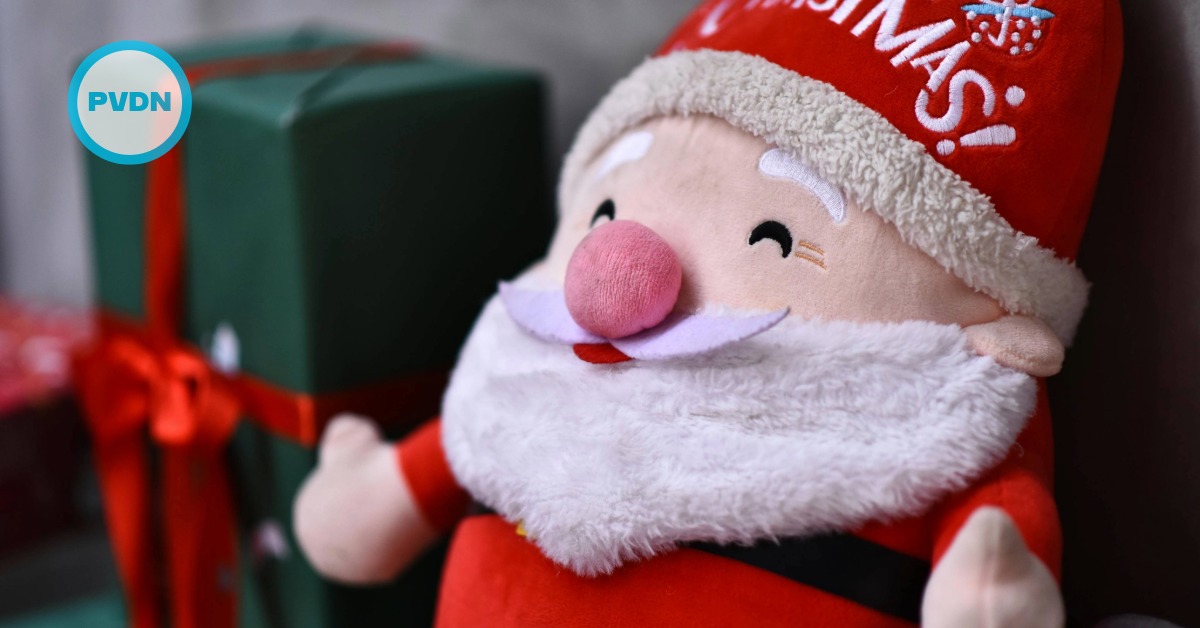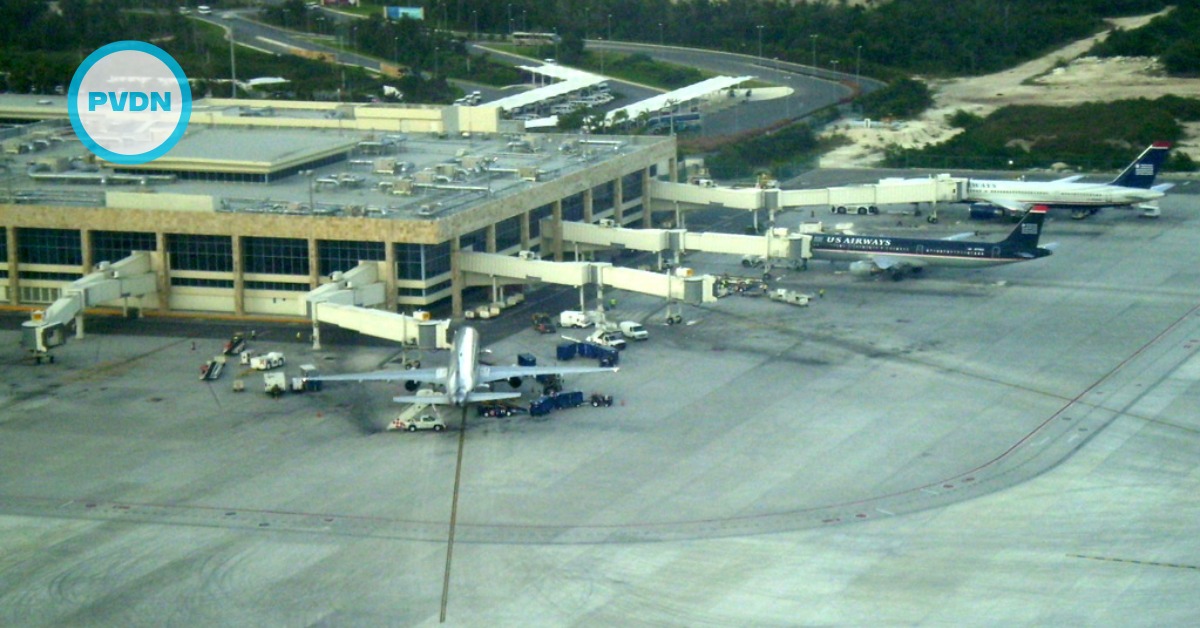Día de Muertos is a Mexican holiday, which translates to "Day of the Dead," that is celebrated in Puerto Vallarta, Mexico to remember those who have died.
While Día de Muertos is often confused with Halloween, the day is actually different from the U.S. holiday all together as Halloween creates fear of death and those who are dead while the Mexican holiday celebrates those who have passed on and are excited for their return.
Celebrations for Día de Muertos in Puerto Vallarta start on, or around . . .


